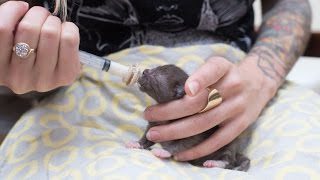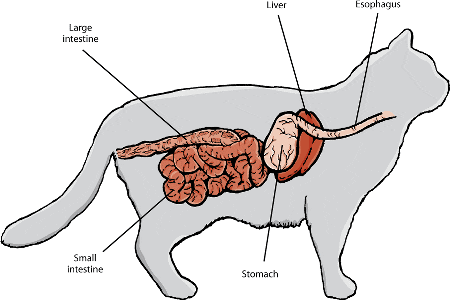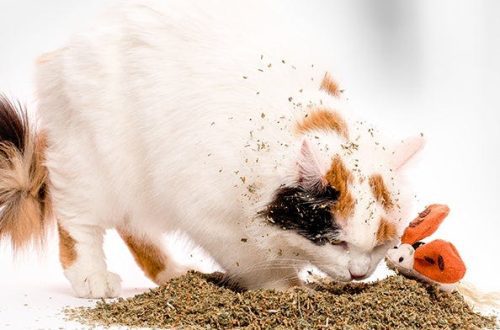
How to feed a newborn kitten
Cats have a highly developed maternal instinct, but sometimes your fluffy pet does not want to feed offspring or cannot do it due to objective reasons. If you don’t manage to give the kittens to another lactating cat, you will have to try on the role of a mother and feed them yourself. How to do it right?
Contents
What to feed a kitten
First of all, you need to buy a special mixture for feeding newborn kittens at the pet store. The composition of such mixtures is almost identical to mother cat’s milk, rich in amino acids and does not cause digestive problems in kittens.
Do not feed kittens with cow’s milk – it is very different in composition from cat’s milk and can lead not only to diarrhea, but also to more serious health problems.
How to choose a syringe
You can purchase a special feeding syringe from a veterinary pharmacy. If you didn’t manage to buy such a syringe, you can use an ordinary plastic syringe with a rubber nozzle, after removing the needle from it.
Be sure to practice squeezing the mixture out of the syringe. Feed should come in small drops so that the kitten does not choke.
How to feed a kitten
When feeding a kitten from a syringe, follow the following sequence of steps:
before feeding, the kitten’s tummy should be massaged a little to stimulate digestion;
during feeding, hold the kitten upright and squeeze the mixture from the syringe drop by drop onto the kitten’s lower lip so that the baby has time to swallow the food;
after feeding, the newborn kitten needs to massage the tummy again to stimulate a bowel movement (in about a week he will be able to do this without additional help).
Feed quantity and mixture temperature
How much food does a newborn kitten need? Stick to the following approximate calculation:
in the first 5 days, the kitten needs 30 ml of a special mixture per day, kittens should be fed every 2-3 hours;
from 6 to 14 days, the amount of the mixture should be increased to 40 ml per day, the number of feedings is reduced to 8 times a day;
from the 15th to the 25th day, the amount of the mixture should reach 50 ml per day, it is already possible to feed the kittens only in the daytime, but at least 6 times.
The mixture must be fresh. Do not store the prepared mixture in the refrigerator for more than 6 hours.
The temperature of the mixture for feeding a newborn kitten should be 36-38°C. The mixture should not be too hot or too cold. Before feeding, check the temperature of the formula by dropping it on your wrist.
Did the kitten eat
Finding out that the kitten has already eaten is very simple – little kittens fall asleep almost immediately after eating. If the kitten does not have enough food offered to him, he will continue to squeak, push and look for a pacifier.
You don’t need to overfeed your pet. Newborn kittens do not yet have a developed digestive system, and too much food can disrupt the intestines, causing constipation or diarrhea.
Introduction of complementary foods
From the age of about 3-4 weeks, the kitten can be gradually offered solid food. Portions of complementary foods should be small, about the size of a pea. In no case do not offer the kitten raw meat or fish – they may contain parasites. Also, do not give the kitten fried, fatty, salty, spicy foods and chocolate.
It is best to purchase a specialized dry or wet cat food – its composition is properly balanced and rich in amino acids.
Before introducing complementary foods and if you have any questions about feeding and caring for a newborn kitten, be sure to consult a veterinarian. If you do not like something in the behavior of the kitten – he has no appetite, he is too lethargic, there is discharge from the nose or eyes – immediately visit a veterinary clinic.





